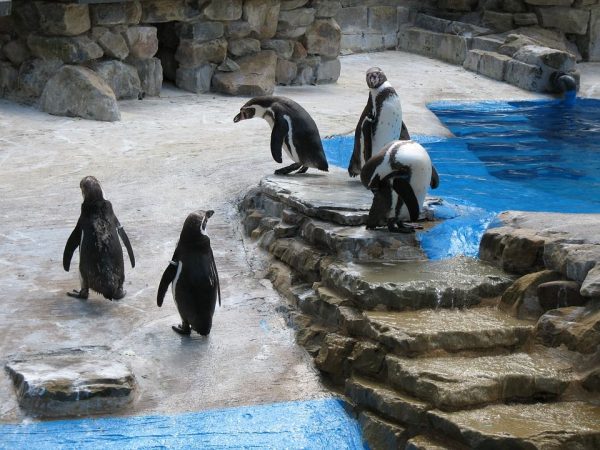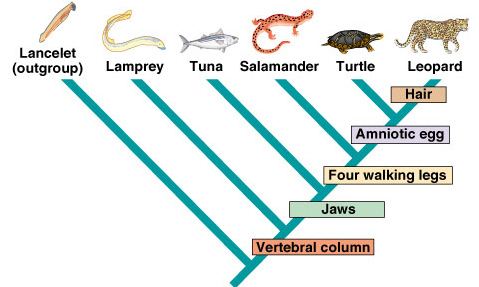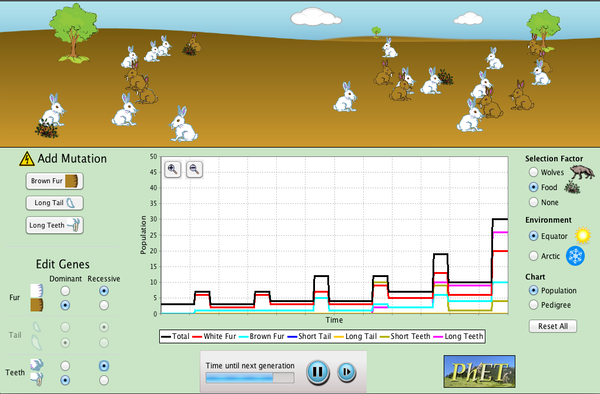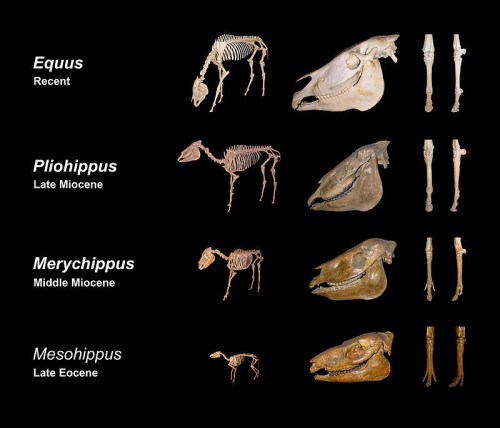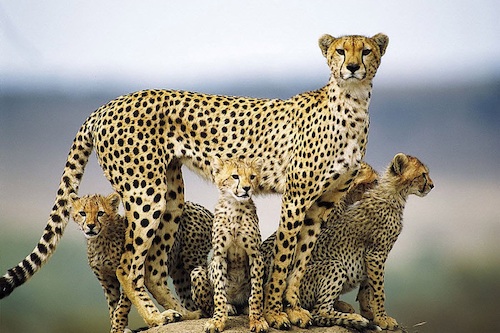
We have started Unit 4 by looking at a broad overview of the process of evolution over time – how the fossil record shows that species have changed over time. Embryology and comparative anatomy also provides evidence for evolutionary change. But what are the mechanisms that cause this change? The fundamental unit of phenotypical change is the gene, so in this part of the course we will investigate change at the genetic level.
In this section of Unit 4: Area of Study 1 we will learn about the following:
- Types of mutations (point, block and frame-shift)
- Natural selection as a mechanism for changes in populations
- Gene flow and genetic drift, bottle-neck and founder effects
- Speciation (how new species are formed)
- Artificial selection and selective breeding programs
Population genetics is the study of distributions and changes in allele frequency in a population, as the population is subject to the four main evolutionary processes:
- Natural selection
- Genetic Drift
- Mutation
- Gene flow (by migration or distribution of pollen and seeds)
Variation between individuals and species and polymorphism: In any normal population there is some variation between individuals – a box of apples may have individual apples that are slightly different sizes and shapes with slightly different colour variations, even when they come from the same tree. So, not all variation is caused by genetic differences. It may be environmental differences that result in the variation – for example, the amount of light, temperature or soil nutrients in the case of plants or the nutrition and experiences provided to animals. Some characteristics , such as height or wing length might show continuous variation, while other characteristics can be clearly separated into different categories (discontinuous variation). An example of discontinuous variation in humans might be the ability to roll one’s tongue – you can either do this or you can’t – there is no blending, or in-between characteristic. Polymorphism occurs when two or more clearly defined phenotypes are present in the population. A classic example is the light and dark coloured morphs of the peppered moth. The ABO blood grouping is an example in human populations.
Inherited variations: We know that the DNA molecule, present in every cell of living organisms, codes for proteins that determine the phenotype of an organism. DNA is passed from one generation to the next through reproduction, which can occur asexually or sexually (with the production of gametes (meiosis) and fusion of sperm and egg). So, families of individuals tend to look more alike than non-related individuals due to these inherited characteristics. This was seen in our work with pedigree trees, showing how genetic diseases can be passed on through several generations.
Mutations – sources of variation: The source of these variations is genetic mutations. Genetic mutations may be spontaneous or may be induced by exposure to mutagenic agents (X-rays and Gamma rays and some chemicals, such as benzene and mustard gas).
Gene pool, gene flow, genetic drift (by chance): The gene pool is the set of all genetic information in a population, while gene flow describes how genes leave and arrive in a population by death and emigration or births and immigration. Genetic drift is the change of gene frequencies due to random sampling.
Polygenes, polygenetic traits: Polygenes are non-allelic genes that together influence a phenotypic trait – often the precise loci of these genes is unknown to biologists. Examples of polygenetic traits in humans are height, weight and skin colour.
Mitochodrial DNA: Mitochondrial DNA is a single, circular strand of DNA found in the mitochondria of eukaryotic cells. In most species, mitochondrial DNA is inherited solely form the mother. In humans, mitochondrial DNA was the first significant part of the human genome to be sequenced.
Founder and bottleneck effects:The founder effect is the lost of genetic variation that occurs when a new population is established by a small group of individuals from a larger population. The people of Easter Island and Pitcairn Island show limited genetic variability (small gene pools) due to this effect. A similar effect is the bottleneck effect, when large numbers of a population are removed, leaving a small gene pool. As a species, cheetahs have famously low levels of genetic variation. In fact, cheetahs are so closely related to each other that transplanted skin grafts do not evoke an immune response. This can probably be attributed to a population bottleneck they experienced around 10,000 years ago, barely avoiding extinction at the end of the last ice age. However, the situation has worsened in modern times. Habitat encroachment and poaching have further reduce cheetah numbers, consequently snuffing out even more genetic variation and leaving cheetahs even more vulnerable to extinction.
